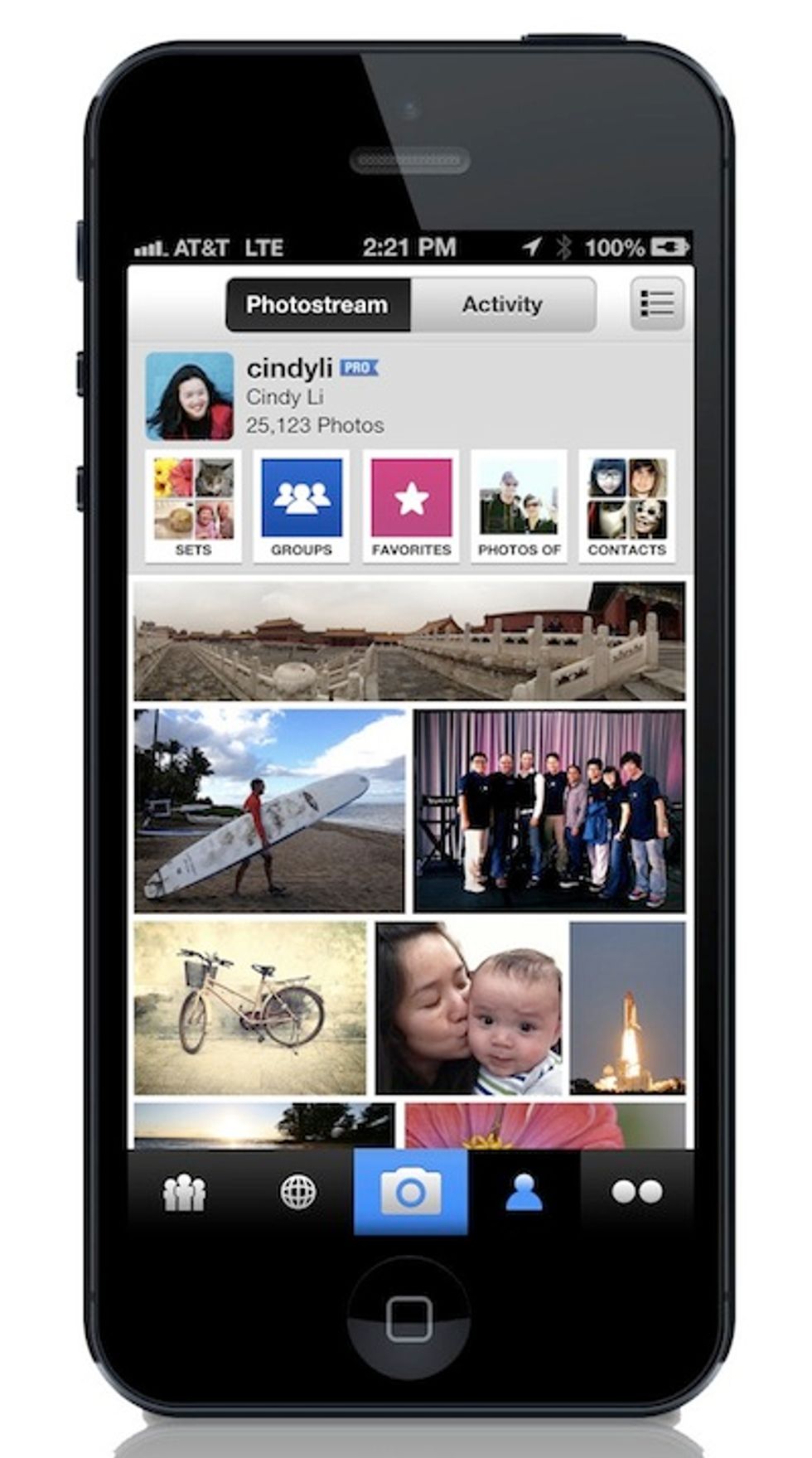A couple weeks back, while driving past the park that sits atop Bernal Heights, I came upon the unexpected sight of a large group of people jumping up and down and taking photos of each other.
No, this was not an outdoors aerobics class or a photographers’ convention, but a meetup of some 70 Flickr users, including the company’s head of product, Markus Spiering.
All kinds and sizes of cameras were in evidence at the event, including plenty of mobile devices, which was a reminder of just how much the world of digital photo sharing has changed since Yahoo bought Flickr back in 2005.
Back then, people relied on cameras to take photos and email to share them. Facebook was still a baby; the iPhone had not yet been born.
Since then, of course, we've been living through a mobile/social revolution. And until recently, it wasn’t clear how or whether Flickr would be able to keep up with this massive shift in user behavior.
Then, in December, Flickr released a new iPhone app that is really quite remarkable in the quality of its functionality.
When you open the app, it displays the latest uploads from your contacts in a vertical stream. To view multiple photos by the same person, scroll horizontally. The layout presents the photos exactly as they were taken, with no cropping, so they come in various sizes, not the one-size-fits-all UI other apps rely on.
If you tap a photo, you get some contextual data, plus the ability to share over Facebook, Twitter, Tumblr, or email. “Flip” it over to see additional metadata.
Tilt the phone and you can fill up the screen with the photo; use your fingers to zoom in without any loss of quality.
Go to your own photo sets and you have the whole range of editing tools you’d have on the Flickr site.
“We've always maintained our focus on image quality and on preserving the photos,” says Spiering. “Why is it important to keep the original? We believe that photos increase in value over time. Years from now you will still have an excellent image. The integrity of the image is preserved, as is the metadata.”
Some 4.5 million photos are uploaded to Flickr daily, from which the top 500 are selected by an algorithm (with human oversight) for the top photos of the day feed.
“Photos are our DNA,” says Spiering. “They make the world go ‘round.”
Brett Wayn, Flickr’s VP and GM, says Yahoo’s CEO (and Flickr user) Marissa Mayer has been “hugely supportive” of Yahoo’s renewed investment in keeping Flickr up to date and competitive in the crowded space of photo sharing and mobile apps.
“The overall big idea behind all of our products that she talks about is how can we make them inspiring, fun and entertaining,” he says. “We serve peoples’ daily habits and taking photos is one of those habits.”
Wayn himself discovered one of Flickr’s many features by accident years ago before joining the company, when he snapped a photo from a taxi in Tokyo and uploaded it with the label “Tokyo Taxi.”
In due time, the curator of Flickr’s "Tokyo Taxi" group approached him.
“I didn’t even know Flickr had groups at the time, but there are 1.6 million such groups today,” he says. “Some of them have tens of thousands of members, some of them have tens.”
At last check, the Tokyo Taxi group had 137, one of whom is Wayn.
So, whether it’s jumping up and down atop Bernal Hill or snapping shots from the back of a cab in Japan, Flickr seems to be actively engaged with its user base during this period of escalating change.




















